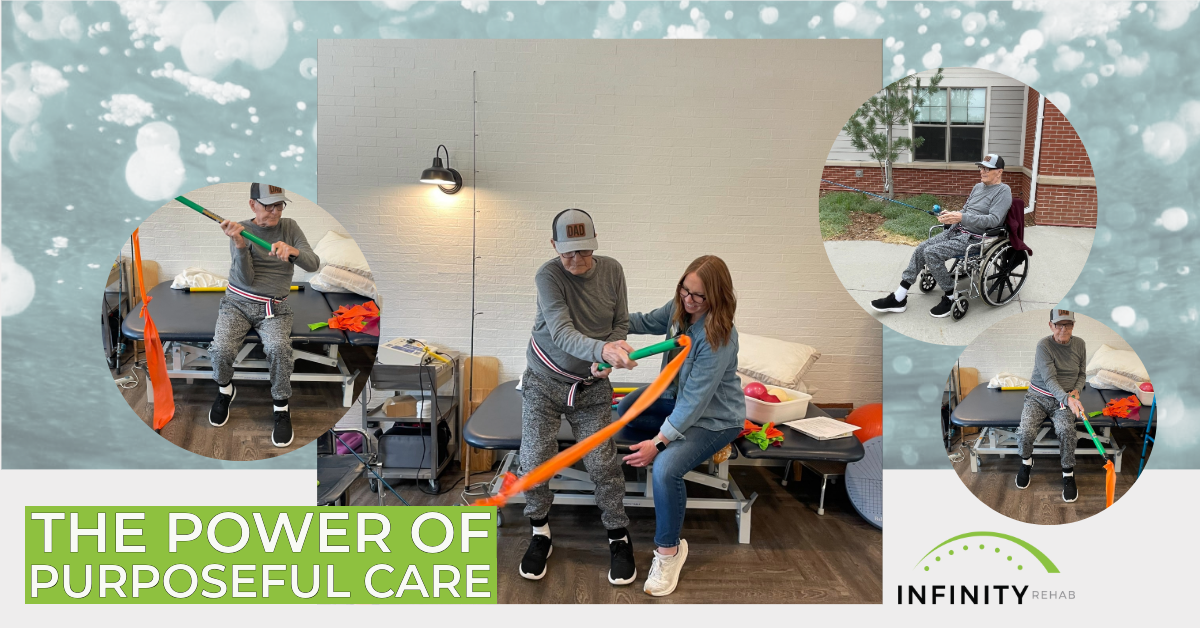The Aging Eye: How does vision change as one grows older?
The human visual system deteriorates throughout adult life, which is quite normal. The visual system is often characterized as “young” until it reaches about 40 years of age. After that, normal changes may occur:
- Reduced accommodation (Presbyopia). This is the eye’s decreasing capacity to focus at close range. This process is continuous with aging.
- Reduced retinal illuminance: The retina receives less light as one ages because pupil size becomes smaller. It is estimated that for the same light level, a typical 60 year old receives about one-third the retinal illuminance of a 20 year old.
- Reduced contrast and color saturation. Reds begin to look like pinks for example.
- Reduced ability to discriminate blue colors. The ability to clearly see the color yellow remains the longest. Instead of using “red” to mark stairs, etc., yellow should be used.
- Glaucoma: Often called the “silent thief of sight.” Glaucoma affects peripheral vision long before it damages central vision.
- Age Related Macular Degeneration: Effects central vision, peripheral vision remains normal.
What Should be Done to Make Lighting More Effective for Older Adults:
- Increase Light Levels: Less light reaches the retina of the older eye. The light levels in living environments used by older adults should be increased by at least two or three times over those comfortable for younger people.
- Minimize Glare: Although more light is required for the older eye to see better, glare should be avoided. Light bulbs seen along the usual lines of sight should be shielded with opaque or translucent shades or covers. Avoid clear-glass light fixtures. Reflections of light bulbs from shiny surfaces, such as linoleum floors and Formica counter tops should be avoided by changing the position of the light source.
- Increase Contrast: Because contrast sensitivity is reduced with age, the visibility of important objects, such as edges of stairs, ramps and doorways can be greatly improved by increasing their contrast with paint or similar techniques. (Use Yellow).
- Balance Light Levels: Because the older visual system cannot completely adapt to dim conditions, light levels in transitional spaces such as hallways and entrance foyers should be balanced with those of the adjacent spaces.
- Improve Color Perception: Color discrimination is poorer for older adults. High light levels and high-quality fluorescent tubes will help older adults see colors better then conventional light bulbs. (Information obtained from AARP Lighting Research Center)






